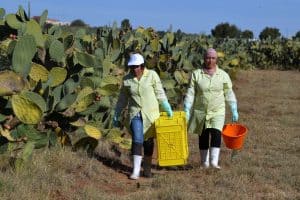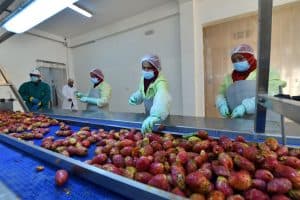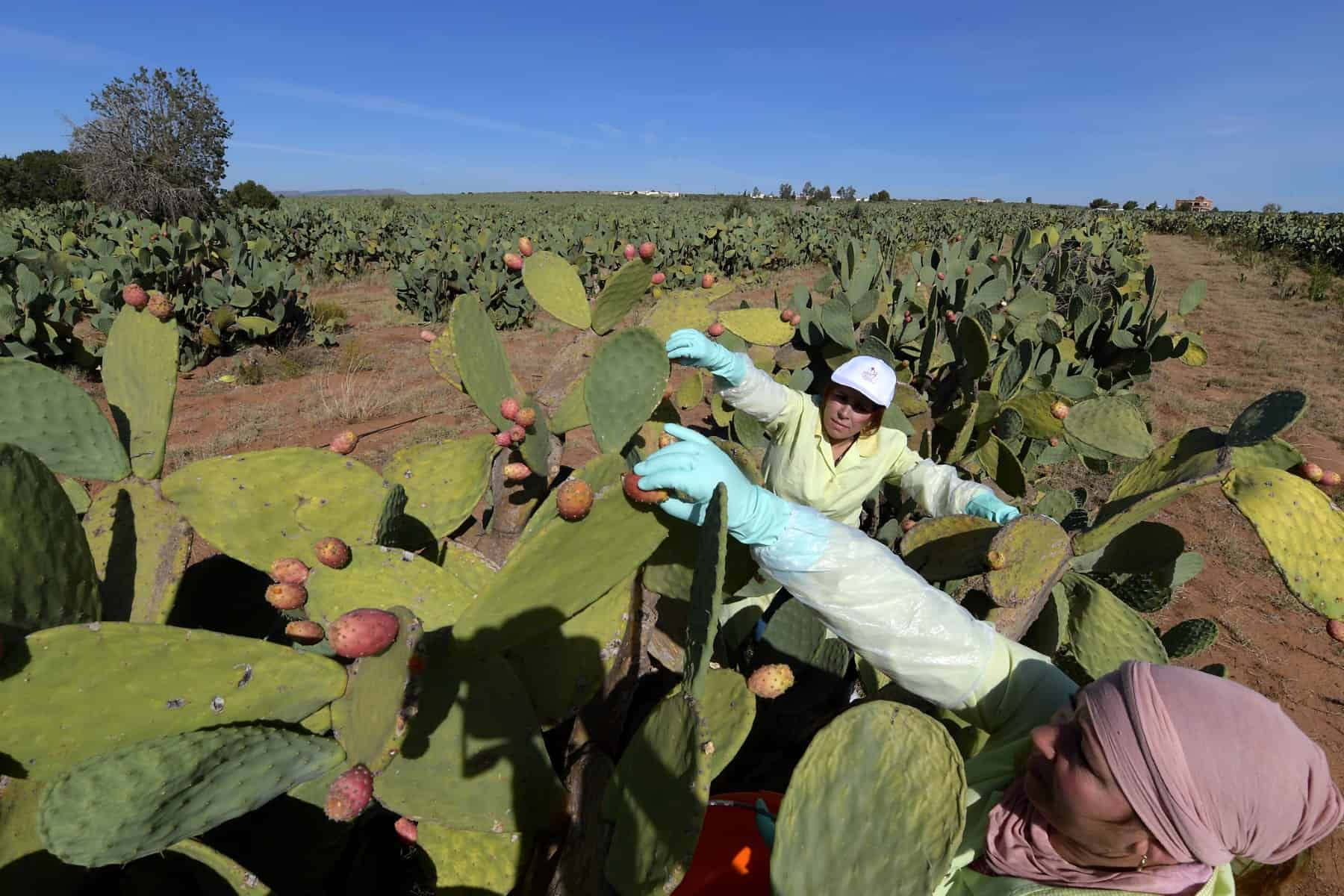“This is the capital of the Barbary fig,” said Mohamed Rochdi Bannani, one of the North African country’s first producers of cosmetic oil from the seeds of the fruit — better known as the prickly pear.
He is hoping the oil, with its rich antioxidant properties and a price tag of some 350 euros (around $360) a liter, can bring wealth to the marginalized province of Kasserine.
“This fruit has changed my life and the life of the region. It’s created wealth in the district, even though the fruit used to be a symbol of poverty,” the 52-year-old said.

He was standing on his 420-hectare (about 1,000-acre) organic-certified farm in the parched Zelfen district.
Every year, Bannani produces 2,000 liters of oil from the plant, which is native to Mexico but has been cultivated in North Africa for generations.
Used in moisturizing and anti-ageing products, it is a much-needed cash cow in a region where one third of people live in poverty and unemployment runs at 20 percent.
The cactus plant’s ability to weather extreme drought is another advantage.
Some 30,000 hectares of land are dedicated to the crop in Zelfen, close to the border with Algeria.
Around a tenth of that is organic-certified.
The industry employs some 5,000 people, says Boubaker Raddaoui of the United Nations-backed Market Access Project for Agrifood and Local Products (PAMPAT).
“This oil has become a catalyst for an inclusive local economy,” he said, praising the cactus for its “ability to adapt and produce in difficult conditions, as well as its industrial potential”.
“It’s really a miracle plant,” he said.
Rapid growth
Tunisia ranks fifth in the world in terms of land devoted to prickly pear production, behind Brazil, Mexico, Ethiopia and Morocco.

While some of the 550,000 tons of fruit it produces every year are sold in markets and from street carts known as “hindi”, most goes to oil.
Some 8,000 liters were exported in 2021, bringing in five million euros (dollars) in revenue, according to PAMPAT.
The organization has been helping farmers with training and business advice since 2013, and has seen rapid growth in the sector, Raddaoui said.
“Exports jumped by 50 percent between 2019 and 2021,” he told AFP.
“This shows the attractiveness of the sector and the increase in demand from one year to the next.”
Since the start of the millennium, the country has gone from having five processing plants to 55.
Zelfen alone has 11, run by cooperatives.
“Before, everyone just wanted to emigrate, but today that’s ancient history — thanks to the oil,” said Hamza Rochdi, a young farmer with 40 hectares of land.
Hanane Messaoudi, who harvests the fruit for the minimum wage of just $125 a month, says demand for the fruit has improved her working conditions.
Yet the high price of its oil is not the prickly pear’s only asset.
In a dry country where access to water is already far below the 1,700 cubic meters per resident per year the United Nations defines as “water stressed”, the drought-tolerant cactus is a safer bet compared with thirstier crops.
“The prickly pear is undemanding, adapts to lots of soil types and doesn’t use much water,” Raddaoui said.
The success of the crop in Zelfen has prompted farmers in other regions such as Nabeul and Kairouan to take an interest.
But there is only so much demand for the product, and Bannani says “marketing problems” mean he only processes around a fifth of his harvest — some 20,000 tons of fruit — for oil.

